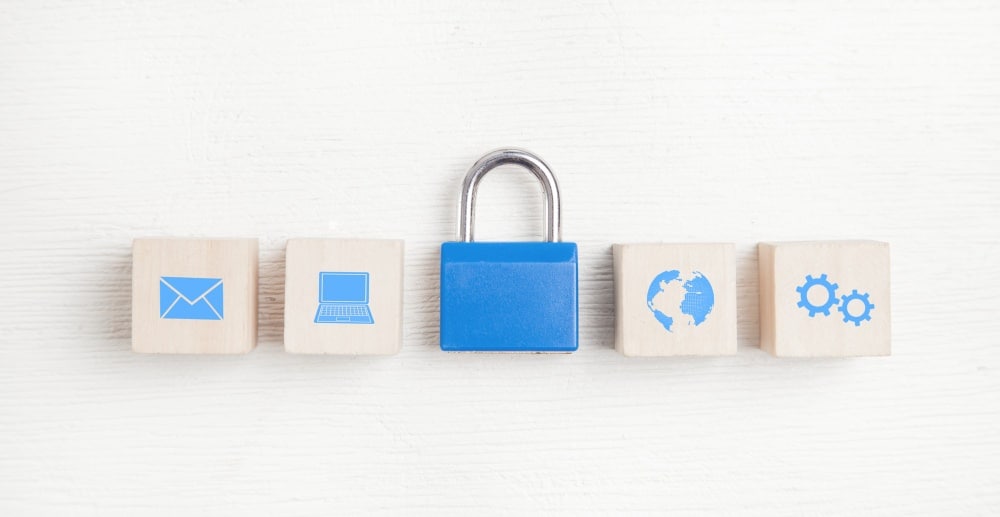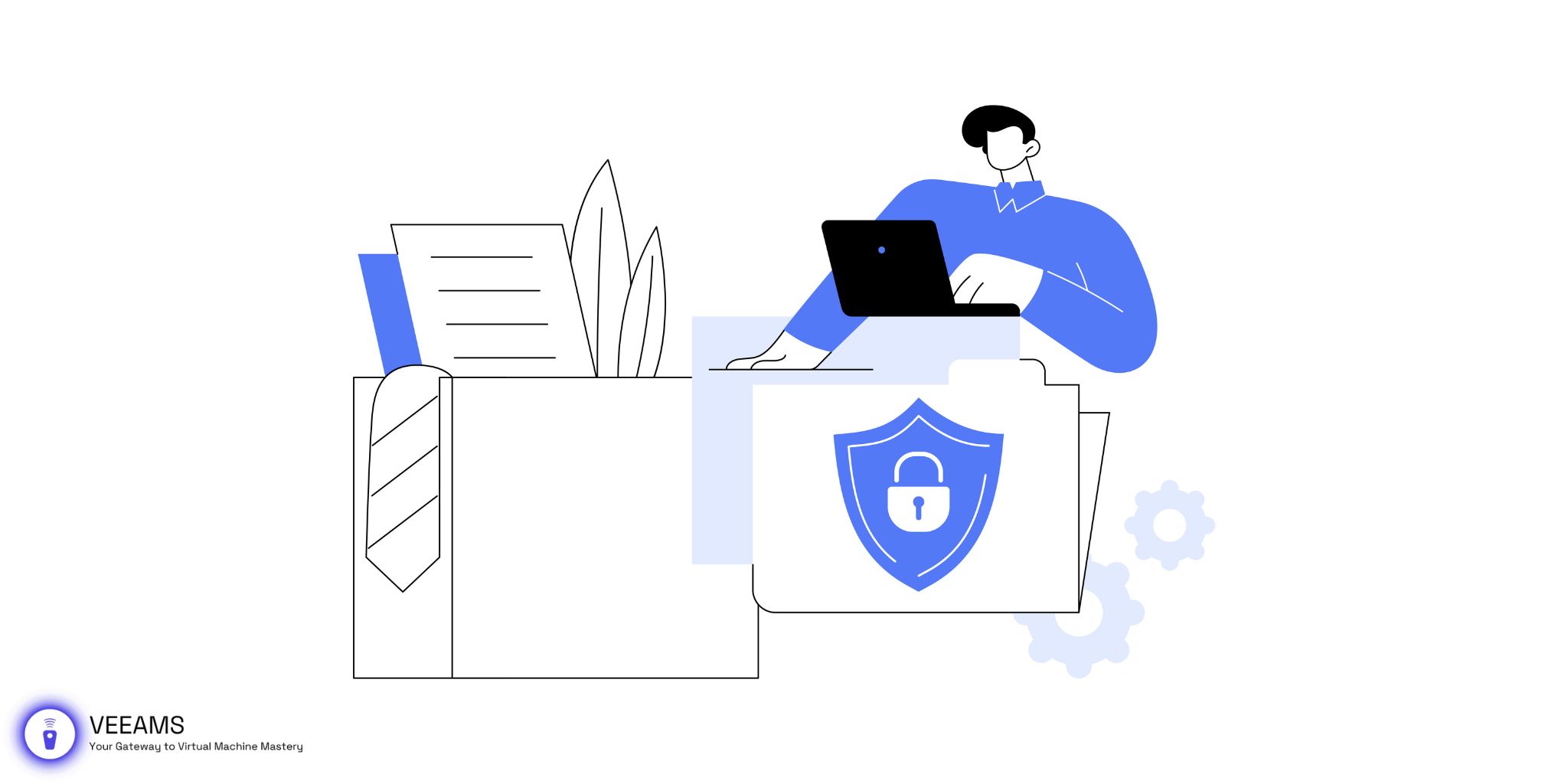Welcome to our comprehensive guide on securing your Virtual Backup Metadata (VBM) files. In the era of digital information, the protection of backup files has become a cornerstone of data security strategies. VBM files, which play a crucial role in the restoration and management of backup data, contain sensitive metadata that, if compromised, could serve as a treasure trove for cybercriminals. This guide is dedicated to unveiling the essential security practices required to ensure your backup metadata remains impenetrable, safeguarding it against unauthorized access and potential breaches.
Risks to VBM File Security
The security of VBM files is threatened by various risks, ranging from accidental exposure to targeted cyber-attacks. Unauthorized access to VBM files can lead to data corruption, ransomware attacks, or even complete data loss. Additionally, without proper security measures, VBM files can inadvertently become entry points for attackers looking to exploit backup systems and access sensitive information.
Best Practices for VBM File Protection
Securing your VBM files is crucial to protecting the backbone of your backup infrastructure. Follow these detailed steps to enhance the security of your VBM files:
- Apply Software Updates Promptly: Always ensure your backup and security software are up-to-date. Regular updates fix vulnerabilities that could be exploited by attackers.
- Implement Role-Based Access Control (RBAC):
- Navigate to your backup software’s settings.
- Identify user roles and assign access levels based on necessity.
- Regularly review and adjust these settings to keep access tight.
- Encrypt VBM Files:
- Use a reliable encryption tool designed for backup files.
- Select AES 256-bit encryption, setting a strong, unique passphrase.
- Store the encryption keys securely, separate from the backup data.
- Establish a Redundant Backup Strategy:
- Schedule regular backups of your VBM files, alongside your data backups.
- Use a mix of on-site and off-site storage solutions to ensure redundancy.
Implementing Access Controls and Encryption
To effectively use access controls and encryption for your VBM files, follow these steps:
- For Access Controls:
- Within your backup solution, locate the access management or user permissions section.
- Assign user roles and permissions carefully, ensuring only necessary personnel have access.
- Enable Multi-Factor Authentication (MFA) for an additional layer of security.
- For Encryption:
- When setting up your backup job, look for encryption options.
- Select a strong encryption method (AES 256-bit recommended) and apply it to your backup jobs.
- Keep your encryption keys in a secure location, ideally in a password manager or a physical safe.

Regular Monitoring and Auditing
To keep your VBM files safe, adopt a proactive stance with these monitoring and auditing practices:
- Deploy Monitoring Solutions:
- Use tools that specialize in backup monitoring, setting alerts for unauthorized access or changes to VBM files.
- Regularly check the logs for any irregularities.
- Conduct Periodic Security Audits:
- Schedule audits of your backup processes and VBM file security at regular intervals.
- Use these audits to verify adherence to security policies and to identify any gaps in your defense.
Recovery and Response Planning
A solid recovery and response plan is your safety net in the event of a security breach affecting your VBM files. Here’s how to develop an effective plan:
- Develop a Response Team:
- Identify key personnel within your organization who will take charge during a security incident.
- Assign specific roles and responsibilities, including communication, technical investigation, and legal considerations.
- Create a Communication Plan:
- Prepare templates for internal and external communication to quickly address any concerns and prevent misinformation.
- Determine the channels through which you will communicate with stakeholders during an incident.
- Establish Recovery Procedures:
- Document step-by-step recovery procedures to restore data from backups, including VBM files.
- Test these procedures regularly to ensure they are effective and can be executed swiftly.
- Regular Training and Drills:
- Conduct regular training sessions for the response team and relevant personnel.
- Perform drills to simulate breach scenarios, testing the team’s readiness and the effectiveness of the response plan.
Conclusion
Securing VBM files against potential threats is essential for protecting your backup metadata and, by extension, your organization’s data integrity. By following the best practices for VBM file protection, implementing stringent access controls and encryption, and staying vigilant through regular monitoring and auditing, you can significantly reduce the risk of compromise. Additionally, having a robust recovery and response plan ensures that, in the event of a security incident, your organization can respond effectively, minimizing any potential damage.
